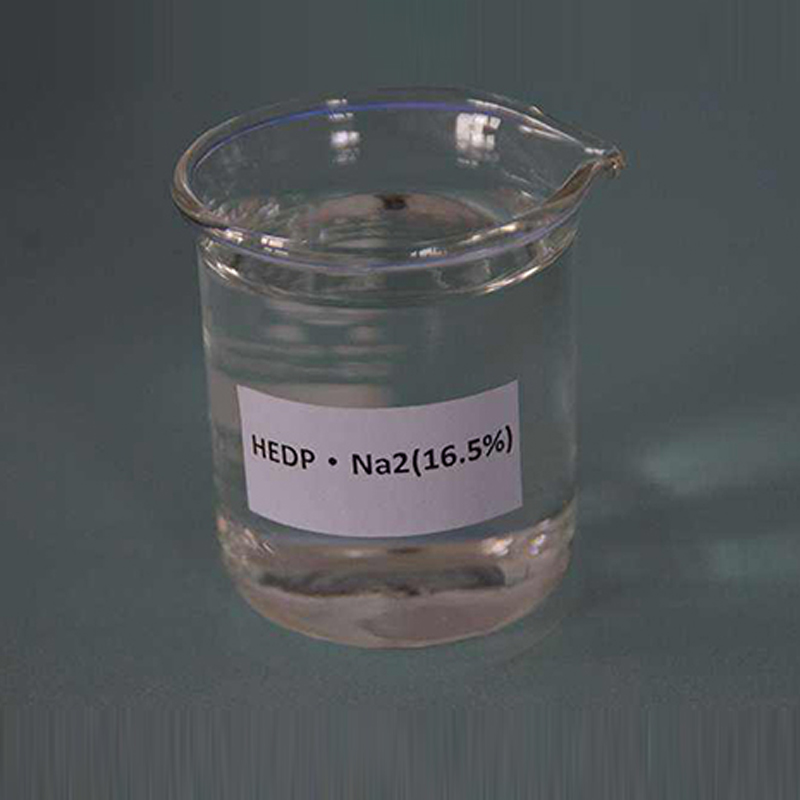applications of poly aluminium chloride in water purification processes and treatment methods
The Uses of Poly Aluminium Chloride in Water Treatment
Water is an essential resource for life, and ensuring its quality is a primary concern in public health and environmental protection. As municipalities and industries seek effective solutions for water purification, Poly Aluminium Chloride (PAC) has emerged as a popular choice. PAC is a coagulant that plays a critical role in various water treatment processes, offering a range of benefits over traditional coagulants like aluminum sulfate. This article explores the uses, advantages, and applications of Poly Aluminium Chloride in water treatment.
What is Poly Aluminium Chloride?
Poly Aluminium Chloride is a chemical compound that consists of aluminum ions and chloride anions. It is produced by the hydrolysis of aluminum chloride in the presence of an alkali like sodium hydroxide. The result is a highly polymerized form of aluminum, which enhances its ability to bond with impurities in water. PAC is typically available in both solid and liquid forms, making it versatile for different treatment applications.
Applications in Water Treatment
1. Drinking Water Purification One of the primary uses of PAC is in drinking water treatment plants. It effectively removes suspended solids, turbidity, and organic matter from water. When added to raw water, PAC leads to the agglomeration of particulates, facilitating their removal through sedimentation or filtration. This process significantly improves the clarity and safety of drinking water.
2. Wastewater Treatment PAC is extensively used in wastewater treatment facilities. It enhances the removal of contaminants from industrial effluents and municipal wastewater. By aiding in the precipitation of heavy metals and organic compounds, it contributes to a cleaner discharge into the environment. Its effectiveness in low pH conditions also makes it suitable for treating acidic wastewater.
3. Surface Water Treatment Surface water sources, such as rivers and lakes, often contain high levels of organic matter and microorganisms. PAC assists in the coagulation process, helping to aggregate these impurities. This application is crucial for maintaining water quality for recreational purposes and aquatic life.
poly aluminium chloride uses in water treatment

4. Sludge Treatment In both drinking and wastewater treatment processes, the sludge generated can be a disposal challenge. PAC can help in thickening and dewatering sludge, making it easier to manage and reducing the volume for disposal.
Advantages of Poly Aluminium Chloride
- Efficiency PAC is highly effective at low dosages compared to traditional coagulants. This means that smaller amounts can achieve the desired levels of purification, reducing overall costs.
- Rapid Coagulation One of the significant advantages of PAC is its rapid coagulation properties. The faster the coagulant acts, the less time it takes to treat water, leading to increased efficiency in treatment processes.
- pH Stability PAC performs well across a range of pH levels, which is particularly beneficial for treating water sources with fluctuating pH. This stability enhances its versatility in different treatment scenarios.
- Reduced Chemical Residues Unlike other coagulants, PAC produces less sludge and leaves fewer chemical residues in the treated water. This characteristic is crucial for meeting stringent regulatory standards for drinking water quality.
Conclusion
Poly Aluminium Chloride has established itself as a vital component in water treatment processes. Its ability to efficiently and effectively purify drinking water, treat wastewater, and improve aesthetic qualities of surface water makes it indispensable for modern water management. As the demand for clean water continues to rise globally, the significance of PAC in ensuring safe and reliable water sources cannot be overstated. With ongoing research and development, the role of PAC is expected to expand further, contributing to sustainable water treatment solutions for future generations.
-
Pbtc Scale InhibitorPBTC: A Scale Protector for Industrial Water TreatmentNewsAug.05,2025
-
Organic Phosphonate: An Efficient Defender in the Field of Scale InhibitionNewsAug.05,2025
-
Hydrolyzed Polymaleic Anhydride: Green Pioneer in Scale Inhibition FieldNewsAug.05,2025
-
PAPEMP Polyamino Polyether Methylene Phosphonic Acid For SaleNewsAug.05,2025
-
Flocculant Water Treatment: A Pioneer in Purification in the Field of Water TreatmentNewsAug.05,2025
-
Benzyl Isothiazolinone: An Efficient and Broad-Spectrum Antibacterial Protective GuardNewsAug.05,2025





